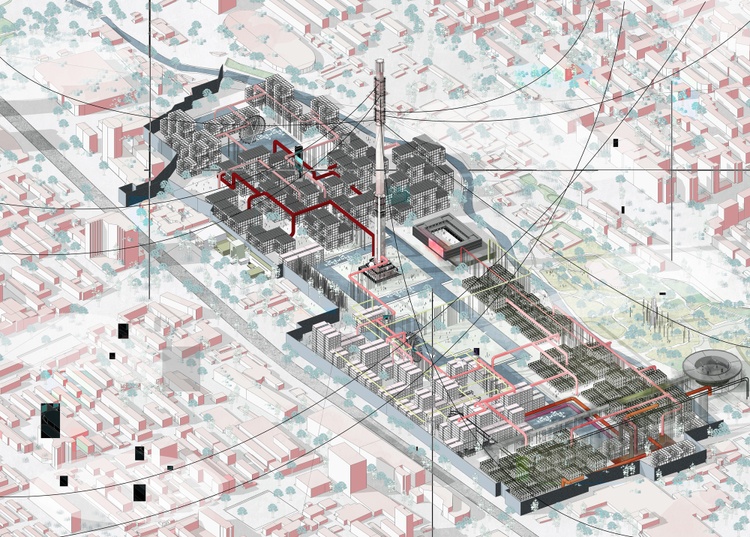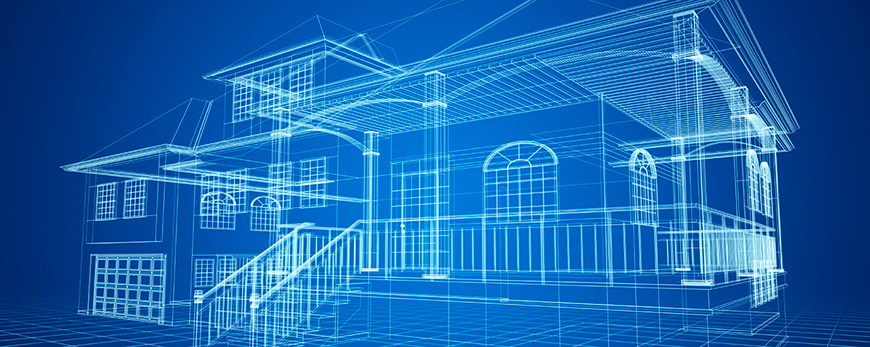Recognizing the Collaborative Process Between Engineers and Engineers in Modern Building And Construction Projects
The collaborative process in between engineers and designers is vital in contemporary building projects, as it balances style intent with engineering usefulness. Discovering these characteristics exposes insights that can dramatically influence task results and general sector criteria.
The Relevance of Partnership
The collective harmony in between architects and designers is necessary for the effective understanding of any kind of building task. This partnership combines unique know-how and point of views, enabling the assimilation of ingenious layout with functional engineering remedies. By interacting, designers and designers can guarantee that a task not only fulfills aesthetic and useful demands yet likewise sticks to security, sustainability, and budgetary restrictions.
Cooperation promotes a common vision, helping with the placement of goals and expectations from the start. This alignment is important in attending to potential difficulties and mitigating threats that could develop throughout the project lifecycle. Additionally, a collaborative method permits the efficient allotment of sources, optimizing both time and expense.
The relevance of collaboration prolongs to the repetitive process of layout and construction, where comments from designers can educate building choices, leading to more possible and sustainable styles. Alternatively, engineers can influence engineers to think creatively about exactly how to achieve architectural integrity without jeopardizing creative intent. Eventually, the collaborative partnership in between engineers and designers is not simply valuable; it is basic to the production of high-quality, functional, and cutting-edge constructed environments that meet the needs of society.
Communication Strategies and Tools
Reliable interaction strategies and tools are important for fostering collaboration in between engineers and designers throughout the job lifecycle. Establishing clear channels of interaction is necessary to make certain that all staff member are aligned with task objectives, timelines, and duties. Normal conferences, both in-person and online, supply opportunities for stakeholders to discuss progression, address worries, and make informed decisions.

Additionally, embracing joint communication devices, such as Slack or Microsoft Teams, permits instantaneous messaging, data sharing, and recurring conversations, promoting a much more dexterous response to emerging problems. Record management systems likewise play an important duty in organizing job documents, ensuring that all employee have accessibility to the most up to date information.
Shared Goals and Job Vision
A linked task vision acts as the foundation for successful cooperation in between architects and engineers (cda architects). This shared vision not only lines up the efforts of both celebrations yet additionally develops an usual structure for decision-making throughout the task's lifecycle. By expressing clear objectives, stakeholders can efficiently navigate the complexities of contemporary building jobs, making sure that both aesthetic and practical demands are satisfied
Establishing shared goals involves open discussion and an extensive understanding of each self-control's contributions. Designers usually concentrate on design intent, spatial relationships, and user experience, while designers stress architectural stability, systems performance, and compliance with policies. When these perspectives are aligned, the result is a natural task that complies with both innovative goals and technical usefulness.
In addition, a distinct job vision fosters liability amongst staff member, encouraging each individual to take possession of their role in achieving the wanted result. Regular check-ins and joint workshops can additionally reinforce this dedication, enabling changes to be made as the job develops. Eventually, a shared vision not only boosts synergy however additionally raises the quality of the last deliverable, resulting in effective job conclusion.
The Function of Technology
Leveraging innovation has come to be important in boosting partnership in between designers and designers. The integration of innovative software devices facilitates real-time interaction and information sharing, allowing teams to work a lot more effectively and efficiently. Building Information Modeling (BIM) stands apart as an essential innovation, allowing both engineers and designers to develop comprehensive 3D models that encapsulate style intent and architectural integrity. This shared try this site graph reduces misconceptions and streamlines the decision-making process.
Moreover, cloud-based platforms enable smooth cooperation, enabling job stakeholders to gain access to and update task information from anywhere. This promotes a culture of transparency and liability, as adjustments can be tracked and examined in real-time. Furthermore, mobile applications further boost interaction, supplying on-site teams with prompt accessibility to job specifications and updates.
Emerging technologies such as expert system and maker knowing are also starting to play a function in predictive evaluation, helping groups determine potential concerns before they emerge. Inevitably, the function of technology in architecture-engineering cooperation not only boosts process effectiveness yet likewise enhances advancement, resulting in even more successful task outcomes. By welcoming these technological innovations, designers and designers can guarantee an extra cohesive and efficient collaborative process throughout the construction lifecycle.
Study in Effective Partnerships
Many study illustrate the extensive impact of efficient collaborations between designers and designers on project results. One remarkable example is the partnership on the High Line in New York City City, where landscape engineers, engineers, and metropolitan planners collaborated to change a deserted railway into a lively public park. This multidisciplinary strategy not only improved the aesthetic top quality yet also made sure architectural safety and environmental sustainability.

The Burj Khalifa in Dubai better shows the value of collective efforts - cda architects. The combination of design and engineering knowledge made it possible for the job team to achieve extraordinary elevations while adhering to safety policies and visual vision
These instances Continued highlight the importance of interaction, depend on, and shared goals. In today's complex building and construction setting, such partnerships are vital to browsing difficulties try this website and delivering tasks that satisfy both functional and visionary objectives.
Final Thought
In verdict, the collaboration in between engineers and engineers is necessary for the success of contemporary building and construction projects. Efficient interaction techniques, a shared job vision, and the assimilation of innovative technologies are important parts that facilitate this partnership.